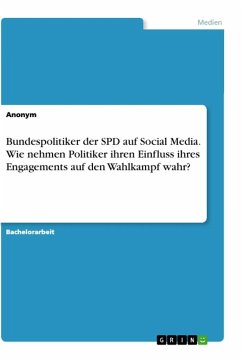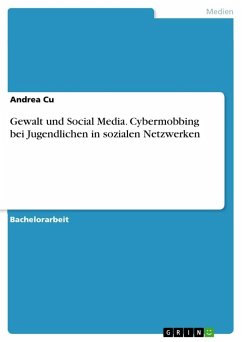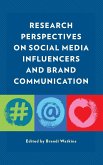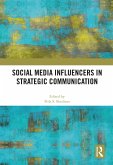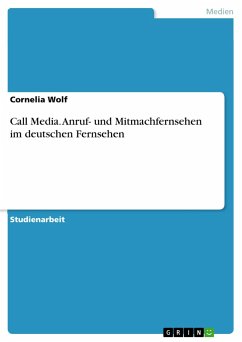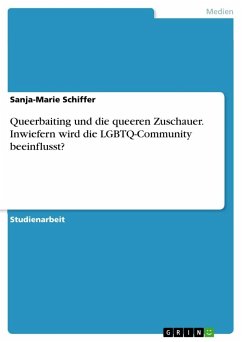Research Paper (undergraduate) from the year 2019 in the subject Communications - Multimedia, Internet, New Technologies, grade: 3.5, Rochester Institute of Technology, course: Social Media Research, language: English, abstract: Social media brand influencers are on the rise, especially those who promote lifestyle brands. While many social media users are capitalizing on the "brand influencer" trend, people who identify as the LGBTQ, still struggle to connect with heterosexual audience as brand influencers. YouTube is a visual medium which allows brand influencers to communicate their expertise and enhance credibility.Using the source of credibility theory which posits that persuasiveness of the message in based on the perceived credibility of the source, this study investigates how the LGBTQ and heterosexual influencers were perceived by the users on the YouTube platform. Research questions: RQ1: How do the users respond to content posted by beauty vloggers? RQ2: Does sexual orientation of the influencer impact engagement with their content?Top videos were analyzed: the LGBTQ influencers were Ingrid Nilsen, Bretman Rock, and Nikita Dragun, and the heterosexual influencers were Nash Grier, Camila Coelho, and Marcus Butler. The comments were extracted with YouTube comment Scrapper, which allows you to extract information such as comment text, replies, username and date. I imported the data to the DiscoverText platform to extract the duplicates and filter comments made in other languages. The final sample was coded for the tone of the comment - positive, negative or neutral.The LGBTQ influencers received negative or neutral comments. Comments focused on appearance and sexual orientation rather than beauty routines. The main keywords on the LGBTQ were: amazing, proud, support, and love. While heterosexual influencers received positive or neutral comments, motivational and compliments comments towards the influencers. The main keywords found on the heterosexual influencers were: looks, love, content, and change. Overall, the YouTube commenters focused on the quality and content of the videos when it came to engaging with the LGBTQ influencers. However, the users engaging with with content proposed by heterosexual influencers tend to focus on the influencers' appearance rather than the content.A follow-up study could explore user engagement with brand influencers on Instagram to see if there are any differences in the level of engagement based on the influencer's sexuality. It would also be interesting to interview some of the brand influencers to understand how they respond to comments left on their accounts.
Hinweis: Dieser Artikel kann nur an eine deutsche Lieferadresse ausgeliefert werden.
Hinweis: Dieser Artikel kann nur an eine deutsche Lieferadresse ausgeliefert werden.


